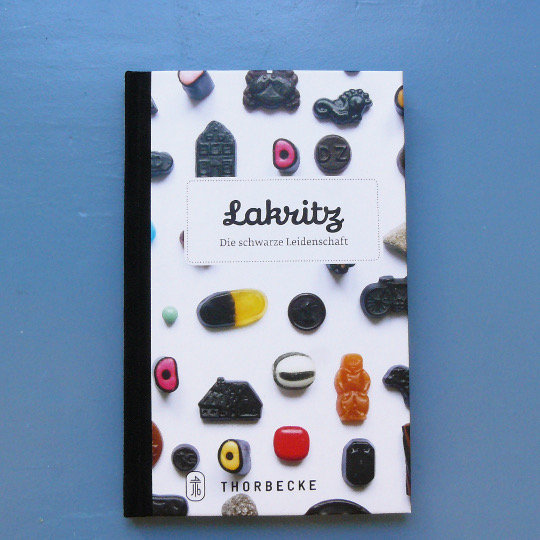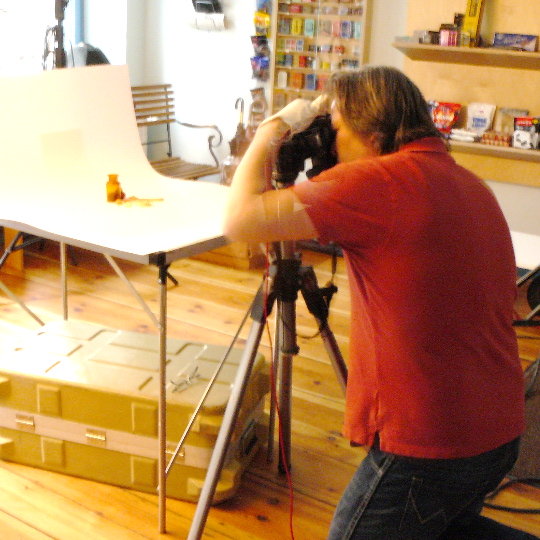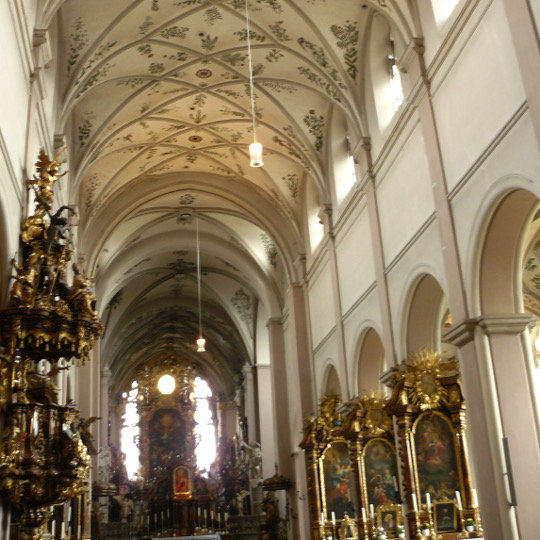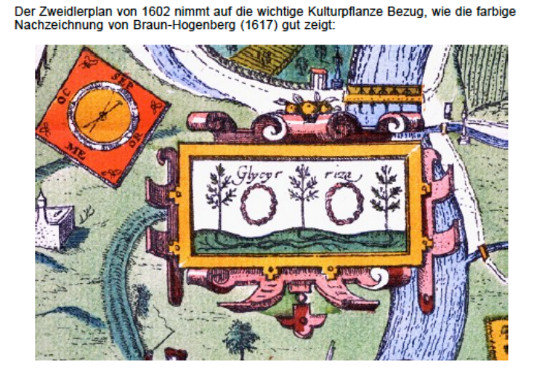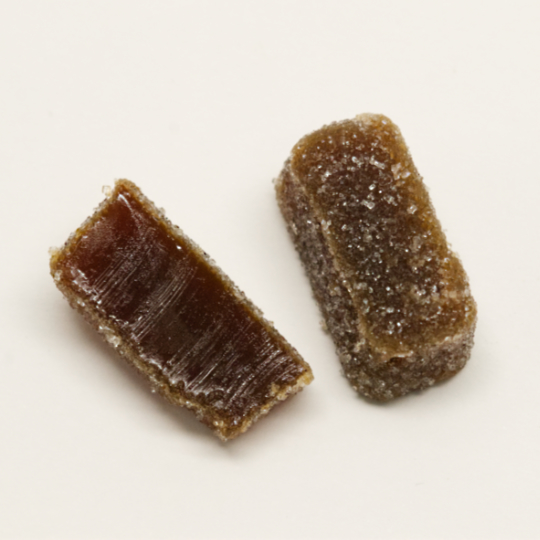A big day for kadó – At the Frankfurt Book Show, a book about liquorice was presented: “Liquorice – the black passion” which is a joint work of the author Klaus-Dieter Kreische, kadó and Thorbecke publishing house.
Initially, we wanted to use a homemade brooch to answer some questions that we are often asked when working with black gold: why does liquorice have a black colour? What is it about the bear droppings? Is ammonia also liquorice? Where does liquorice grow? This is how the idea was born. We gathered some facts, but soon reached our limits: it was impossible to conduct the research from Berlin. We would have to swarm out to the countries, to the museums, the libraries, to the liquorice producers and competent local partners to answer all our questions. Hm, the next step would require a completely different approach including a financial budget. Fibel adé.
Which employee at kadó still has a foreign language up his sleeve and is up for a little liquorice tour? He or she is now getting used to it... As a trained historian, Klaus takes over responsibility for the content and sinks into the depths of black matter. He is where all the research results come together.
The first research trip took Klaus Kreische and Ilse Böge to England. There liquorice was grown around the Castle Pontefract. According to legendary history, the castle was sanded down by the population, only remains of walls still remind of its location. There is also nothing left of Pontefract's once flourishing liquorice industry. In the library we listened to the legendary stories about the creation of the first sweet liquorice recipe worldwide, the Pontefract Cakes! A black liquorice cake with a castle embossing. It is said that the chemist Dunhill experimented with raw liquorice around 1760 and developed a liquorice dough with the addition of flour and sugar - the first liquorice recipe!
But it is known with certainty that Hollywood ordered a liquorice commissioned work. Namely the shoe that Charlie Chaplin cooks, serves and eats with unwavering table manners as a hungry gold-digger in his 1925 film "Gold Rush". It was made entirely of English Pontefract liquorice.
The French-speaking kadó research team consisted of Klaus Kreische and Maike Koch. They travelled to Montpellier, Southern France. Klaus knew that there were many liquorice farmers along the Silk Road who cooked their family's own liquorice recipes. Today, the number has melted down to just a few family businesses. But they still exist, the small liquorice families, and Madame Auzier was available for an interview with them about their intergenerational company history. Since Maike loves to cook, she also brought some recipe ideas for our later liquorice tastings at kadó. Because finely ground liquorice powder can be used cleverly in the kitchen as a spice, in soups, in meat stock, on salads or on top when caramelising crème brûlée.
Another journey took Klaus Kreische and Frank Büttner to Rossano, Calabria. There they visited the Amarelli company, founded in 1731, and indulged in the numerous historical sources available to this liquorice family. This is enough even for a museum! Here they could see how liquorice is made from liquorice.
Liquorice also has its roots in Germany and a final research led Klaus alone to the gardener's town of Bamberg. Liquorice farmers also settled here in the 16th century and the liquorice industry flourished. Traces of this can still be seen today in Bamberg Cathedral.
Back in Berlin, Klaus Kreische set about getting the Thorbecke publishing house interested in our research. And this little book about our black passion has become a result. Maike Koch created the recipes in it. Ilse Böge designed the 32 pictures for Klaus' texts. Together with Dirk Soboll, interior designer and photographer, the photos were taken. A real liquorice shooting including construction, light and a pleasing shine with a little olive oil...
- Liquorice Shop
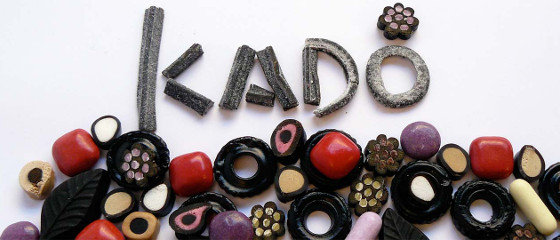 Liquorice Shop
Liquorice ShopWelcome to the liquorice paradise! Whether you are looking for your favourite liquorice or are surprised by the handmade liquorice blends, would like to delight your loved ones with a gift, liquorice subscription, voucher - choose your category and immerse yourself in the liquorice variety of kadó. Here the heart of a liquorice fan beats faster!
- Liquorice - Mixtures
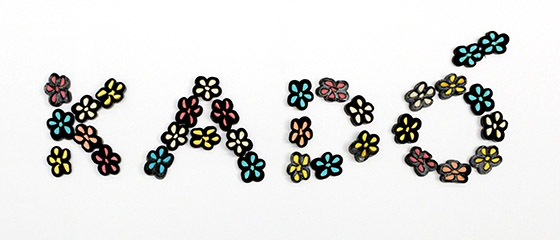 Liquorice - Mixtures
Liquorice - MixturesIf you want to get to know the variety of liquorice from Iceland to Sicily, you have the opportunity here. Choose a flavour and the respective mixture offers the spectrum of flavours. Liquorice crosses through our range, good for beginners and explorers. Get ready to be surprised!
- Salty Liquorice
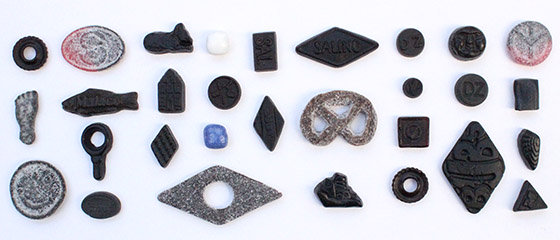 Salty Liquorice
Salty LiquoriceThe coastal inhabitants probably invented the addition of salt to liquorice. The Netherlands and Scandinavia shape this category with wonderfully spicy combinations. The rough sea air can be found in the licorice varieties. Salt liquorice greets sea breeze - Ahoy!
- Extra-Salty Liquorice
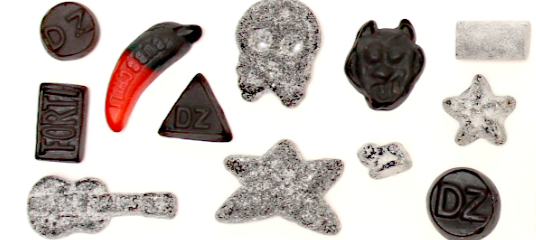 Extra-Salty Liquorice
Extra-Salty LiquoriceOur extra salty liquorice varieties are only for adults. They are scratching the permitted limit of 7.99 percent added salt. Whether black and double salted or licorice sprinkled with a salt crust - no eye stays dry here!
- Salmiac Liquorice
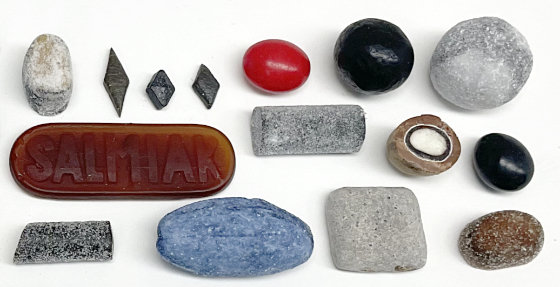 Salmiac Liquorice
Salmiac LiquoriceIf you only know Salmiak from cleaning, you've missed the best. Known as rock salt since ancient times, ammonia is still used for seasoning. Depending on the recipe, liquorice is given a mildly spicy, sweet-hearted or spicy note by ammonia. Liquorice for adults!
- Sweet-Mild Liquorice
 Sweet-Mild Liquorice
Sweet-Mild LiquoriceOur selection of sweet and mild liquorice ranges from aromatically soft, fruity filled and variegated licorice. The offer is as wide as there are sweets in Europe. No liquorice is the same here!
- Sweet-Bitter Liquorice
 Sweet-Bitter Liquorice
Sweet-Bitter LiquoriceOur sweet-bitter, or "romaneque" liquorice with its natural flavours is from the South of Europe. Just like a mediterranean garden, these sorts are flavored with mint, citrus, elderflower, blackberry, honey, violet or aniseed. Experience the origins of liquorice here!
- Pure Liquorice
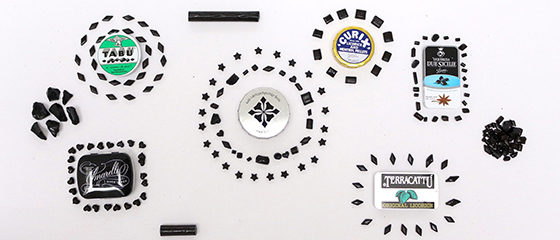 Pure Liquorice
Pure LiquoriceThese tiny pieces of liquorice come from Italy, France and Spain and bring southern natural aromas such as mint, violet, anise and citrus. The circulatory stimulant clycyrrhizin is part of this natural product. That's why you shouldn't consume more than 5 grams of pure liquorice a day!
- Liquorice - Presents
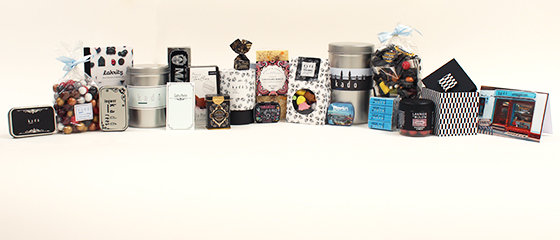 Liquorice - Presents
Liquorice - PresentsMake you happy with liquorice from kadó - for example with a liquorice mixture in a beautiful jewelry box or tin, an entertaining read about black passion, a cookbook with cooking ingredients, a liquorice subscription or a voucher? There is something presentable for every budget!
- Liquorice - Voucher
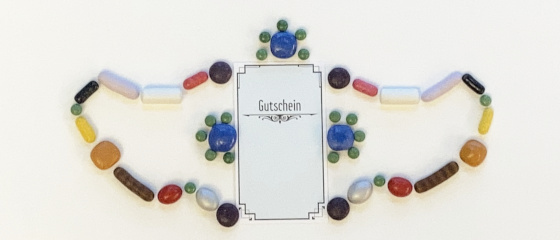 Liquorice - Voucher
Liquorice - VoucherWith the liquorice voucher you give away the key to the liquorice paradise. Whether looking forward to our liquorice variety and real indulgence in liquorice enjoyment - leave the decision to the recipient!
- Liquorice - Subscription
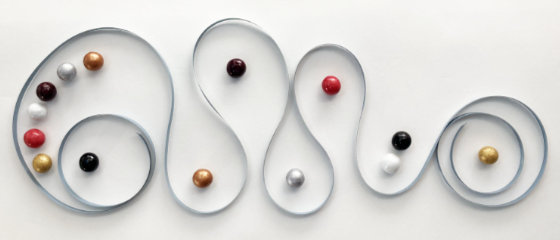 Liquorice - Subscription
Liquorice - SubscriptionWith the liquorice subscription, our variety of liquorice is tasted in peace and quiet, for a year. Or a half for a sniff. The liquorice shipments always arrive in the mailbox on the 10th of the month. If you want to make yourself or a liquorice fan happy, subscribe to liquorice in the house!
- Liquorice - Box & Tin
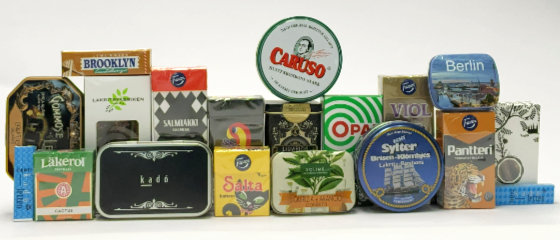 Liquorice - Box & Tin
Liquorice - Box & TinOur boxes, tins, and dispensers are small liquorice greeting cards from all over Europe, each with its own unique design. These little tins are nice and handy, ideal companions for on the go!
- Liquorice - Beverages
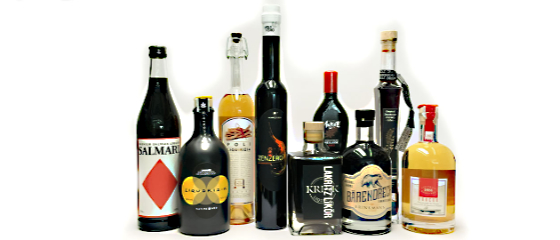 Liquorice - Beverages
Liquorice - BeveragesLiquorice in its liquid state is a species in itself: on ice, in cocktails, as an infusion, for lemonade or pure enjoyment - just sniff and sip!
- Cooking with Liquorice
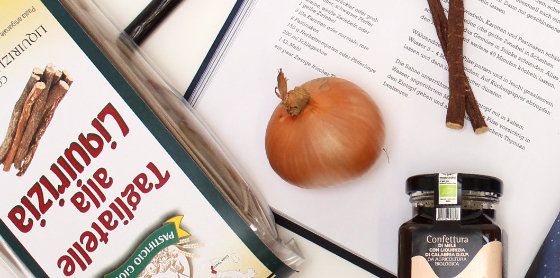 Cooking with Liquorice
Cooking with LiquoriceLiquorice as a spice in the kitchen? But yes. Can it be mustard with liquorice or tagliatelle? Jam or chutney? The fine little kitchen helpers from Italy and Scandinavia bring amazing nuances of taste to the table. Happy testing - we look forward to your new liquorice recipes!
- kadó in Berlin
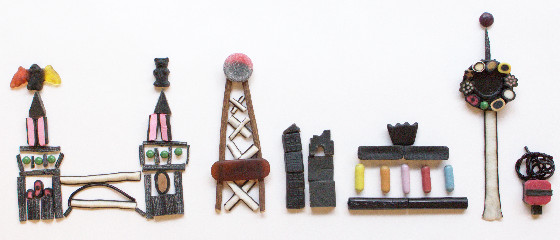 kadó in Berlin
kadó in Berlin- Liquorice Online-Store
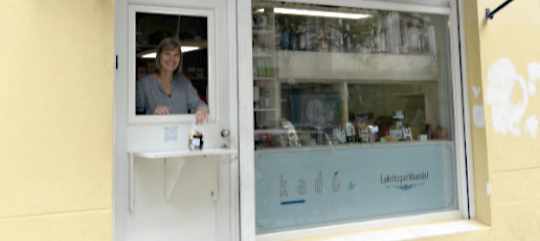 Liquorice Online-Store
Liquorice Online-StoreWe are there for you from Mon to Sat! Whether collection or dispatch desired. For spontaneous liquorice cravings... just ring the bell, sing, dance ...
- Liquorice in the Cinemas
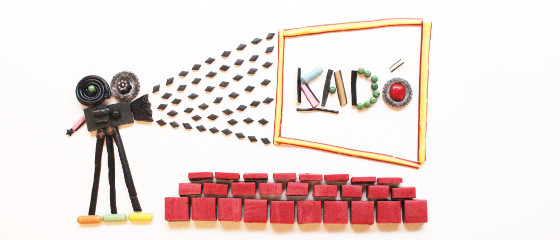 Liquorice in the Cinemas
Liquorice in the CinemasLiquorice to the movie? Selected cinemas in Berlin offer some liquorice mixtures to the film. Sweet or salty, black-coloured and delicious. Enjoy a black eve!
- kadó inside
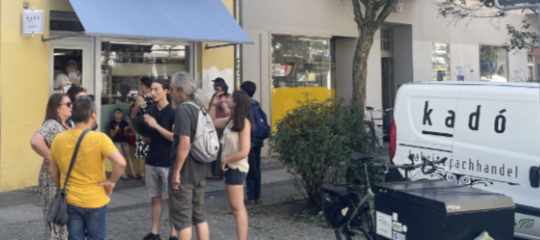 kadó inside
kadó insidekadó behind the scenes. Anyone who wants to find out what it's like in the kadó liquorice shop has the opportunity to do so on a guided tour with Eat the World. kadó is the "culinary partner" of this delightful offer and opens its whispering door just for the tour guests.
- kadó co-cooperation
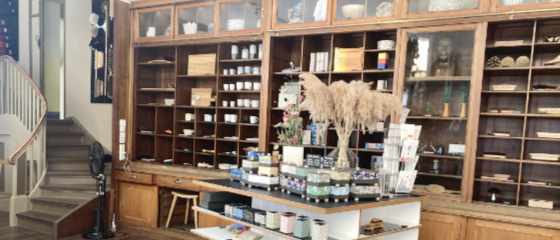 kadó co-cooperation
kadó co-cooperationkadó meets the artisan box makers. High-quality paper from Japan is turned into customised boxes at USE - practical and beautiful! Two Kreuzbergers come together to enjoy charitable work. Liquorice for the box!
- kadó for companies
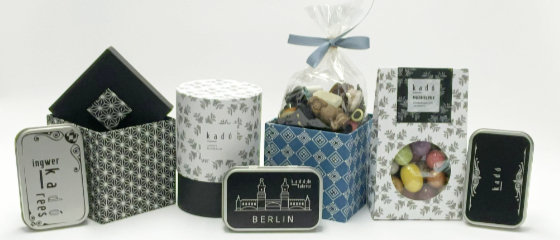 kadó for companies
kadó for companiesFor small and medium-sized companies looking for something special, liquorice from kadó is the perfect gift. We have gifts to suit individual tastes. Contact us and have a chat about liquorice from Europe!
- About liquorice
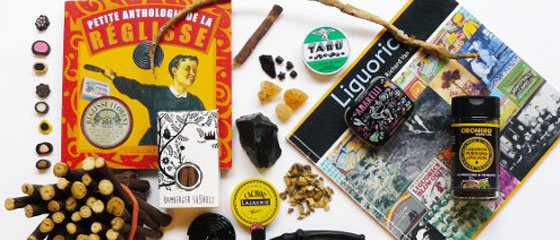 About liquorice
About liquoriceWhat is liquorice? Do all liquorice taste the same? Cooking with liquorice? Here we chat from our liquorice knowledge, tell how it came to the book about liquorice, show how liquorice is produced, inspire to cook with liquorice powder. And are curious about your liquorice anecdote!
- Liquorice Know-How
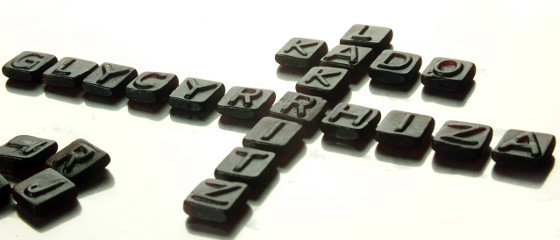 Liquorice Know-How
Liquorice Know-HowA few facts concisely told, informative and worth the read for a liquorice deep dive. What are the ingredients in liquorice? What is salmiac? How long have these black delicacies been available? This is where we chat away through our years of liquorice knowledge!
- Liquorice - The Black Passion
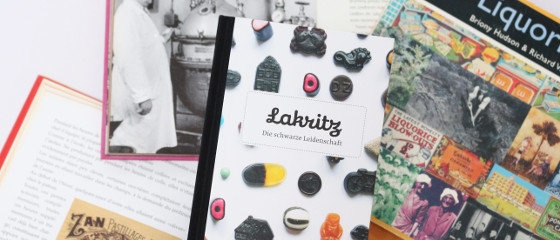 Liquorice - The Black Passion
Liquorice - The Black PassionWe wanted to explore some questions that we had heard frequently at work: Why is liquorice black? Is "salmiac" a type of liquorice too? What is the deal with "bears poo"? So we developed the idea to tell a few interesting and funny stories around liquorice in a little book. Viola!
- Liquorice - Production
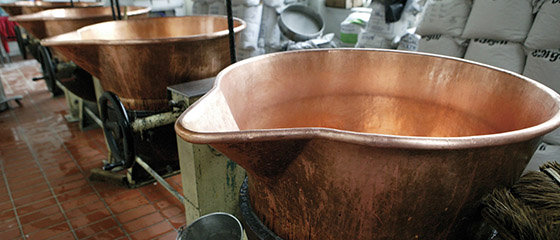 Liquorice - Production
Liquorice - ProductionThe example of our ginger liquorice shows how liquorice is produced. This recipe was commissioned by kadó and developed in the food laboratory. Our salty sea urchins and our cinnamon glaze jelly are also exclusive kadó!
- Liquorice - Recipes
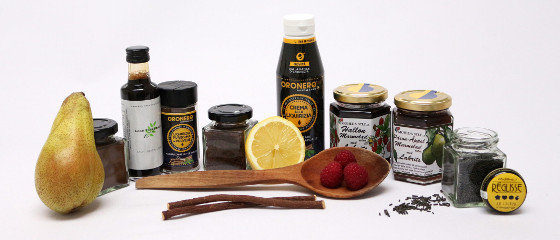 Liquorice - Recipes
Liquorice - RecipesLiquorice moves into the spice racks not only of professional chefs. Liquorice powder gives the special touch of pasta, salad dressing, jam, meat and pastries. Here is fried, boiled and tried. Start with our cookbox, ...we look forward to your recipe, please to info@kado.de
- About kadó
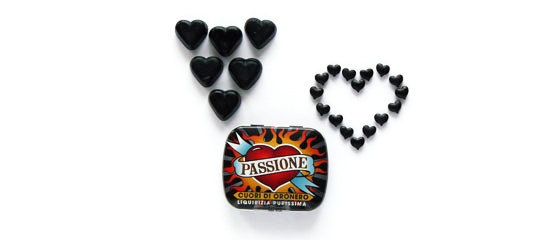 About kadó
About kadóIn 1997 the first One-Thing-Liquorice-Shop was founded in Berlin-Kreuzberg. kadó, inspired by french cadeau, should become a gift to every liquorice fan. Media accompanied kadó from the beginning, it´s a journey through time by its own. As our little kadó-story is. Have a look!
- Liquorice - Stories
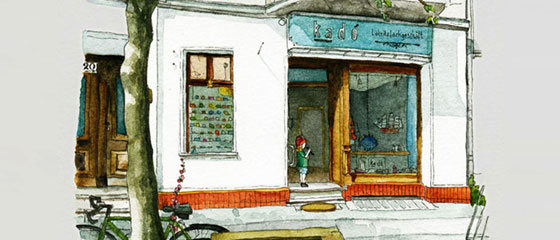 Liquorice - Stories
Liquorice - StoriesThe small and large liquorice monsters visit us every day and we share our liquorice stories. Some come from early childhood, others only start with kadó. We are always curious to hear a new one - and would be very happy to hear from you!
- About us
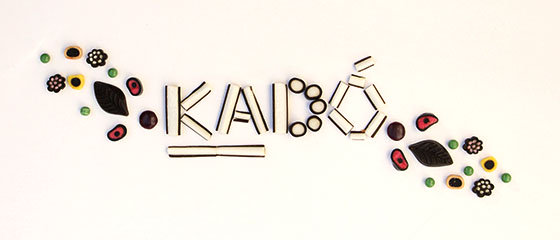 About us
About usLuckily enough, throughout the years we took a photo every now and then during work hours. And without this little photographic treasure trove, we wouldn´t be able to tell the kadó story, from the very beginning until today. An amusing read, followed by a smile guaranteed!
- Liquorice - Poems
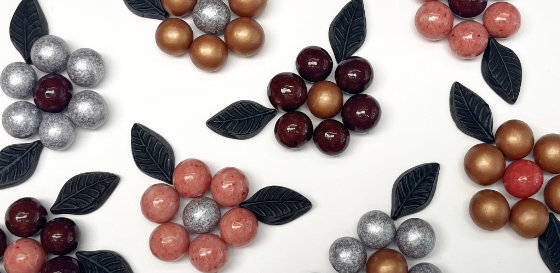 Liquorice - Poems
Liquorice - PoemsLiquorice poetry is created when lovers share their fondness with us. Poems to liquorice you can read here...
- kadó Memories
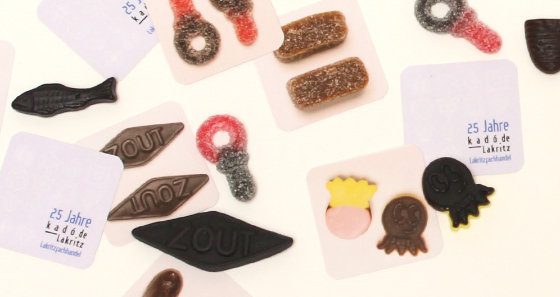 kadó Memories
kadó MemoriesA liquorice journey in 6 memories tells the story of kadó as a memorie
Fancy a game, dear liquorice monsters?- kadó in the media
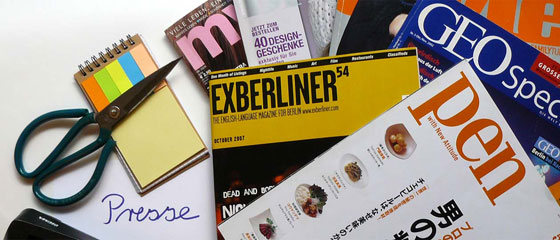 kadó in the media
kadó in the mediakadó was established in 1997 as the first specialized Liquorice Shop in Germany. This was discovered by some media, and they followed and reported on the store. Travel back in time with the help of our archive - radio, tv, press and web!
- Contact
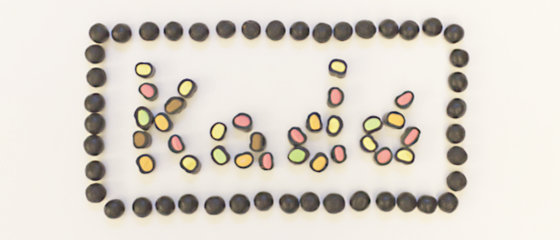 Contact
ContactWe look forward to your message via contact form or email to info@kado.de
You can reach us by phone on Mondays to Fridays from 9:30 a.m. to 5:00 p.m. and Saturdays from 9:30 a.m. to 2:00 p.m. on 030 69 04 16 38
- About us
Liquorice - The Black Passion
We wanted to explore some questions that we had heard frequently at work: Why is liquorice black? Is "salmiac" a type of liquorice too? What is the deal with "bears poo"? So we developed the idea to tell a few interesting and funny stories around liquorice in a little book. Viola!
Shopping at kadó
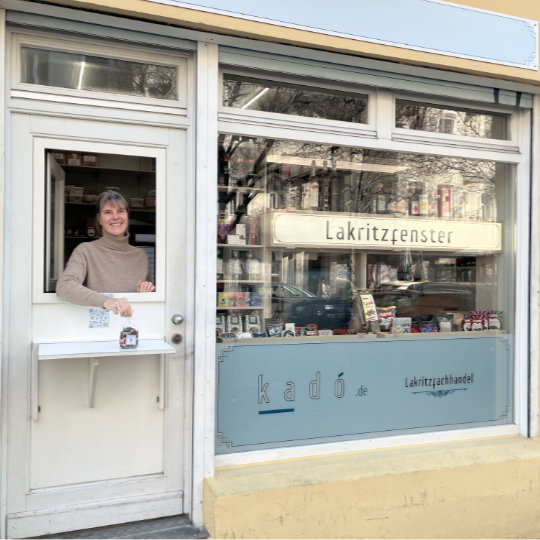
goes like this ...
Behind the scenes
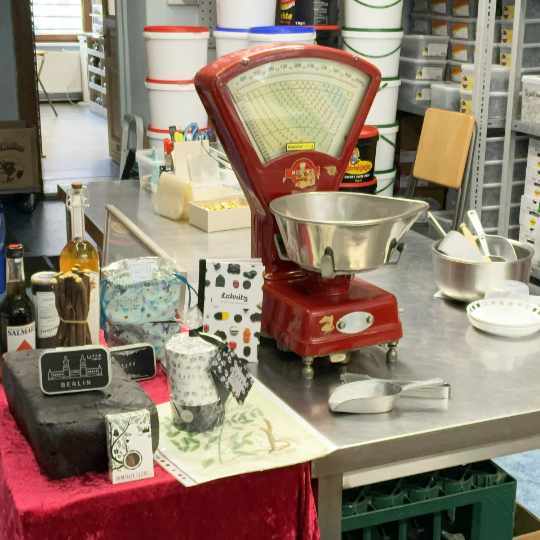
Would you like to have a look? kadó for present
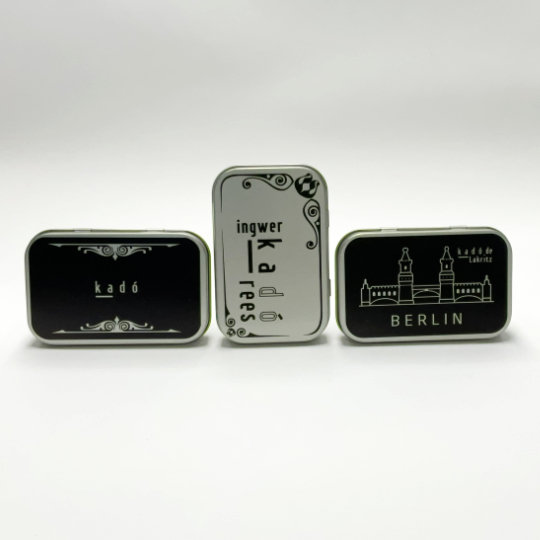
We will gladly advise you
Recommendation
kadó on Pinterest
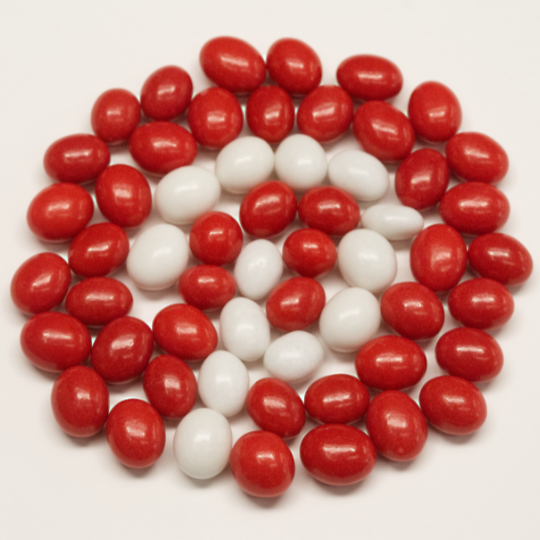
Follow us on Pinterest!
To top of pagekadó Lakritzfachhandel
Graefestrasse 68
D - 10967 BerlinPick up or dispatch
Mo to Fri 9.30 - 5.00 p.m.
Sat from 9.30 - 2.00 p.m.
Phone 0049 | 30 | 69041638
info@kado.deBuy kadó liquorice
in these arthouse cinemas
Online at our kadó Liquorice-Shop
- for collection on site or
- for dispatchkadó Liquorice Storage — 26/04/2025 11:00
https://kado.de./We only use technically necessary cookies for the functionality of our online shop. You can find more information in our in our privacy policy.
- Liquorice - The Black Passion
- Liquorice in the Cinemas
- Salty Liquorice
- Liquorice - Mixtures

